Tip #1 DON’T DO IT!
Yep! Shoveling snow while you are not able to properly bear weight is just not a smart thing to do. Seriously! There’s no way to stand and properly balance yourself, or to turn and pivot correctly without ending flat on your face with the great risk of more injury.
Tip #2 Help the Local Economy and Hire Neighborhood Kids
Pay the kids in the neighborhood their going rate to shovel your yard and sidewalk. You’re keeping them out of trouble, they make a little change, and you get to stay snug in your warm home sipping hot apple cider. As an added bonus – you don’t end up having another injury.
Tip #3 Ask for Help
OK, so you may not want the neighborhood kids doing the job (maybe they’re charging a premium for their services!), but you need help. ASK FOR IT. Simple as that! Family, friends, members of your church or community groups. Use them. They can only help if you ask.
Just say no and back away from the shovel (or snow-blower)! As your non-medical broken bone expert and healing advocate, you must trust me on this! I’ve dealt with a lot of broken bones (my daughter has had 12!) and heard horror stories from our customers who have made the mistake of thinking they could shovel snow while on crutches (try picturing it and the disastrous results). If you are using any kind of orthopedic device (boot, cast, brace, crutches, knee-walker) you are compromised, which means you must take extra care, and sometimes you just can’t do it all. Shoveling snow is one of those situations. Your boots, crutches, casts, knee-walkers are not built for traction in the snow.
So, when it comes to shoveling snow while injured, the answer to the question “How do I shovel snow when injured?” is, “Don’t!”
~Annette
Feel Better, Heal Better!



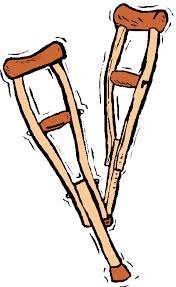 If you’ve had surgery or injured yourself and you’re in the non-weight-bearing status and on crutches, you are likely struggling with a lot of things on a daily basis. Of course, you are wondering how you are supposed to get up and downstairs, but even worse, you must be struggling with basic things like showering and getting dressed! With these helpful hints, you should have a better idea of how to dress for the success of your recovery. Here are some suggestions on what you should wear while on crutches.
If you’ve had surgery or injured yourself and you’re in the non-weight-bearing status and on crutches, you are likely struggling with a lot of things on a daily basis. Of course, you are wondering how you are supposed to get up and downstairs, but even worse, you must be struggling with basic things like showering and getting dressed! With these helpful hints, you should have a better idea of how to dress for the success of your recovery. Here are some suggestions on what you should wear while on crutches.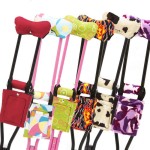

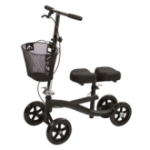 You might feel as though your crutches are the one accessory you can’t get rid of, but that doesn’t have to be the case. There are three great alternatives to help those who struggle with crutches. A
You might feel as though your crutches are the one accessory you can’t get rid of, but that doesn’t have to be the case. There are three great alternatives to help those who struggle with crutches. A 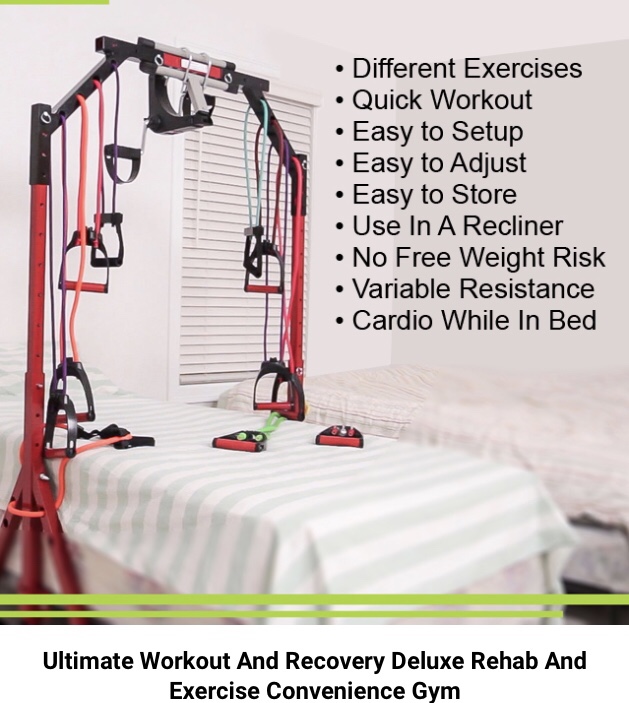

 There aren’t many people that love being on crutches, but with today’s modern technology on your side, you have options!
There aren’t many people that love being on crutches, but with today’s modern technology on your side, you have options! 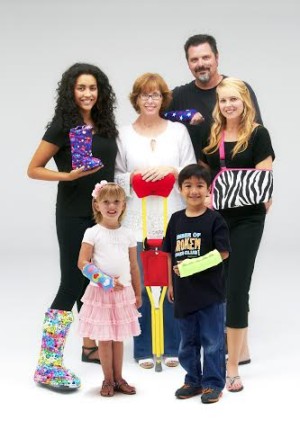 Everyone tires of their wardrobe from time to time, and when you’re dealing with an orthopedic event, getting dressed can certainly be more difficult. But, you can look on the bright side and add
Everyone tires of their wardrobe from time to time, and when you’re dealing with an orthopedic event, getting dressed can certainly be more difficult. But, you can look on the bright side and add